Virtual Reality : Introduction
Virtual Reality (VR) is fully immersive computer simulated environment that gives a user a feeling of being in that environment instead of wonder that action in. A lot of video games have already developed the technology to put the user in interactive world like in the driver seat of car, or on the battle field in the first-person shooter or even in your own little town.
However, your perception of reality is not altered. You are simply spectator of the seeing events that are happening in that world. In order for your brain to perceive the virtual environment, there are few key factors that are vital for the creation of the immersive experience necessary for virtual reality. While there are different display methods, one of the popular ways to experience is with virtual reality is through headset. Headset devices use stereoscopic display to make what you to see three dimensional and to give depth to the image that you are looking at, kind of like how I our eyes see anyways. However, stereoscopic display does not immersive experience make.
The ability of tracking user’s motion, particularly the head and eyes movements allow the image display in the headset to actually change with your perspective, so if you turn your head to the left the display will render whatever is left in your environment.
Besides vision, certain VR experiences will also include others sensory stimulation like sound. When are freely able to move in that environment and even interact the things in it or brains can truly perceive that world is real and thus virtual reality.

How does Virtual Reality work?
The basis of a really good VR experience however comes with a headset.
A VR headset is a head-mounted display (HMD) that blocks out the outside world and displays a 3-D world or stitched images to create a simulation for the user. VR headsets block out the outside world and present a whole new view for the user. In many cases the screen is set to focus to fill our entire peripheral vision and to block out the outside world. When you put on a professional series VR headset, you should feel like you are in the scene and interacting with it.
The process of starting up a VR simulation begins with putting on this headset. Users will usually start up the application or have someone get the game or application going on a PC or console. The VR headset is then plugged in and the user can switch their view over to the headset to immerse themselves in the experience. Once the headset is placed on the user’s head and adjusted to fill their peripheral vision, they can use the motion controls to control the experience on screen or their own body movement to move around the scene. As the user looks around, motion controls in the headset will control the scene as it pans across the screen. As long as the user keeps the headset on, the scene will continue to move and interact with them as they move their head or use the controllers to look around and interact.
Features of virtual reality systems
The main features of VR systems include:
- Immersion
The goal of any VR system is to completely immerse the user in a new simulation environment. This means filling their peripheral vision using the visor, introducing sound cancelling surround sound headphones which can put them into the scene and giving them control over the scene with their head movements. At the very least introducing these three levels of control can create an immersive experience. Adding in new interaction features can be even more powerful.
- Interaction
In many films and games, app creators are working at creating more immersive experiences. Using a specialty controller in the new PlayStation VR for example can help users to interact with the scene and control elements. Having the ability to pick up objects in the scene or even interact with characters can improve immersion even further and add to the value of VR simulations.
What is the purpose of Virtual Reality?
Virtual reality technology is used to create immersive experiences that can help educate and even entertain consumers. Outside of its popular gaming use case, virtual reality is applied in a variety of industries, such as medicine, architecture, military, and others. In such industries many are used as training simulators for soldiers, pilots, doctors etc.
Amazing Uses of Virtual Reality
-
Recruitment and Training
The corporate sector has largely benefited from the revolutionary technology.
Some companies are now recruiting and training their workforce by using virtual reality that engages the employees in seemingly real work challenges and scenarios. For example, during recruitment, a company can make use of simulated interviews and choose the best candidates for the job.
The use of VR in the workplace can allow potential employees to have a feel of the typical work environment and be prepared to offer the best solutions for challenges that may arise. A company can also train employees from different physical locations at the same time. This also gives employees a seemingly physical involvement which offers the satisfaction gained from a real training.
-
Work Collaboration in the Workplace
Some companies have embraced virtual sharing to allow personnel to collaborate on assignments without relocating to one physical location. For example, where a company has remote workers from different geographical locations, it is necessary that they coordinate and complete tasks on time.
Since teamwork is essential for a company’s success, VR technology makes it possible for workers to hold meetings through video conferencing and deliberate on issues. With this technology, employees can gather in the same room and consult without meeting face to face.
This saves unnecessary travel and allows them to work on assignments concurrently and complete tasks within the shortest time possible.
-
Creating Ideas and Forecasting Trends
Virtual reality allows businesses to come up with fresh ideas and perform tests before implementing them in the actual environment. This immersive technology allows companies to forecast trends and determine the performance of projects beforehand.
Companies can determine their potential sales performance and customers’ growth in a virtual setting.
In car manufacturing, for instance, the end product of a design can be tested to determine how well it will be accepted in the actual market. Engineers can test a car’s safety in a virtual setting before the actual manufacturing process begins. Potential customers can also test drive the vehicles using virtual reality headsets before making purchase decisions.
Consequently, this helps in making the production process efficient: allowing companies to come up with the best products that satisfactorily meet the goals of the end users.
Author – Rashi Chauhan

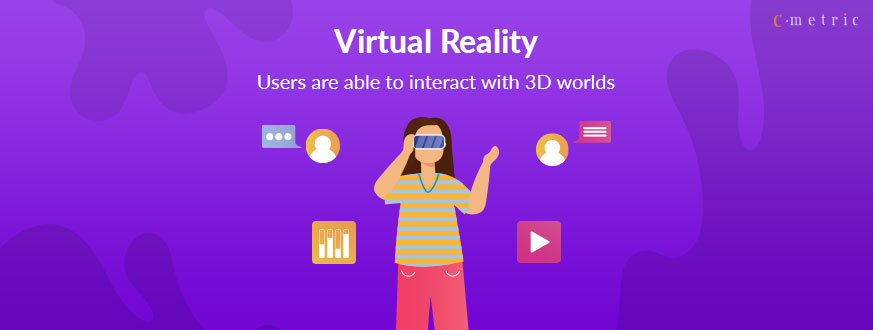
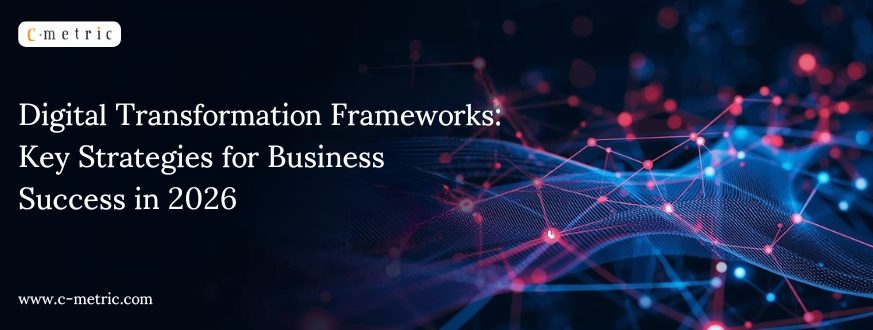
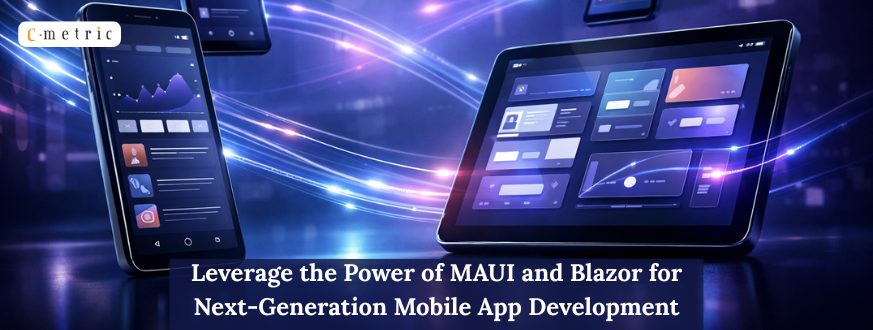
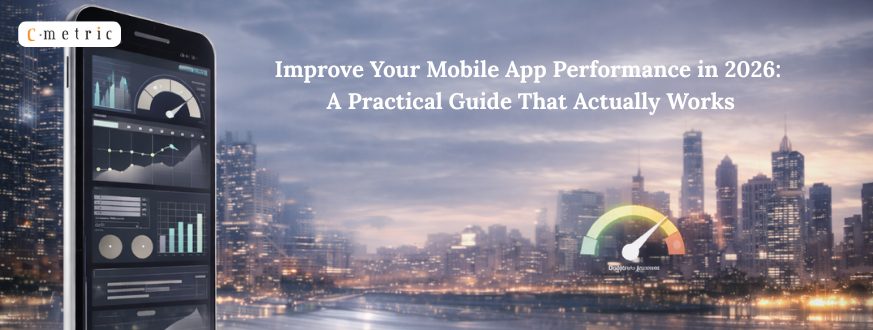







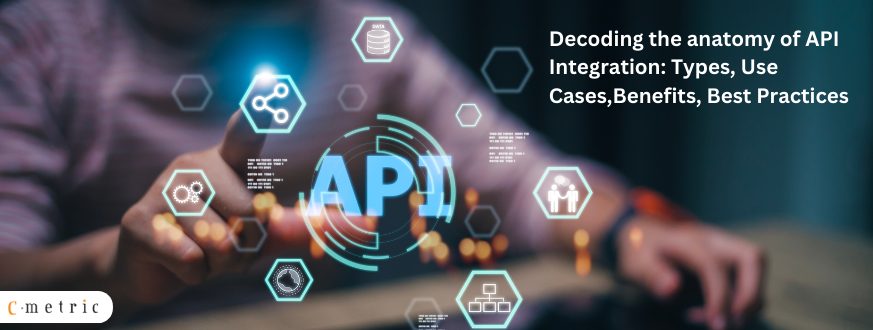


Get in Touch